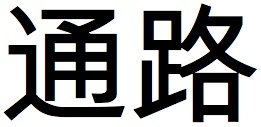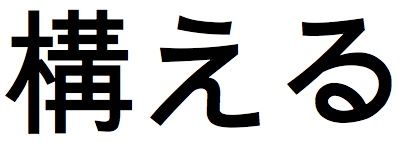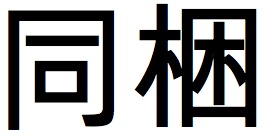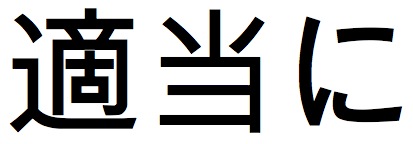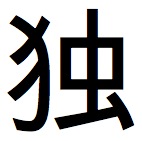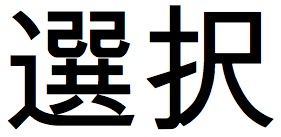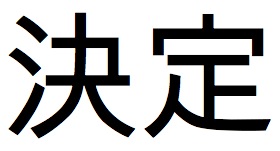I got in touch with Brian last summer to see if he wanted to do some collaborative video reviews of the ramen shops he was visiting for his site Ramen Adventures. He’s got solid pictures of everywhere he visits, and it’s hard not to get hungry while you read through his posts. (He also posts his photography on his other site, Gaijin Bash, and makes every trip he takes look awesome.) We’re both busy dudes and were unable to get around to it until last weekend when we managed to check out 魚雷 (ぎょらい), a new shop over near the Tokyo Dome. (魚雷 means torpedo. Pretty cool, eh?)
The result is the first installment of Collabo-Ramen:
Collabo-Ramen – 魚雷 Gyorai from Daniel Morales on Vimeo.
For me, the bowl was really refreshing. The noodles were a little soft but definitely handmade. I can’t remember the last time I had noodles like that. And the soup had a lot of flavor but was light enough to drink down to the bottom of the bowl. The grilled chicken and the chashu were also highlights – small bites, both of them, but delicious.
Read Brian’s review here. You can see another review of the shop here at Go Ramen. It’s definitely worth stopping by if you’re out that way. They’re going to start serving gyoza at some point in March, so maybe it’s worth another visit then.


